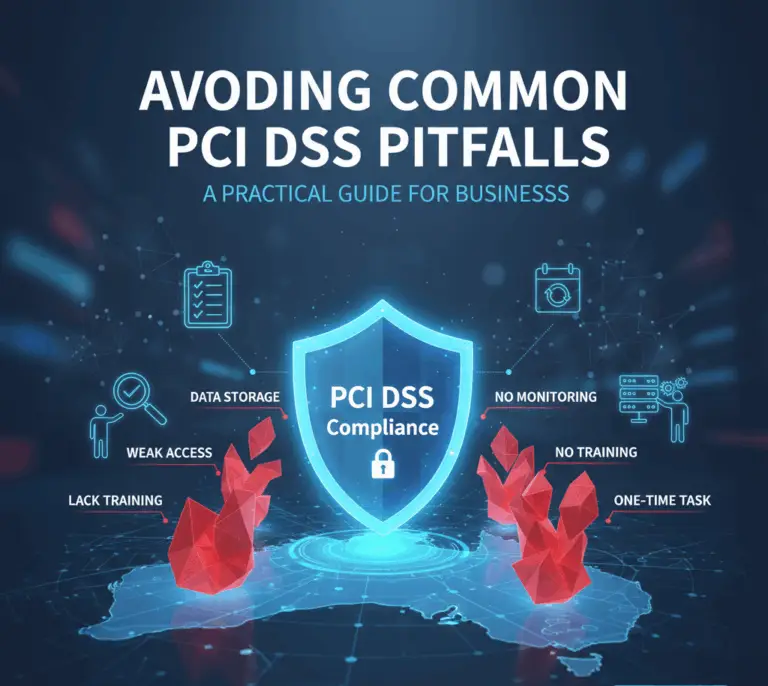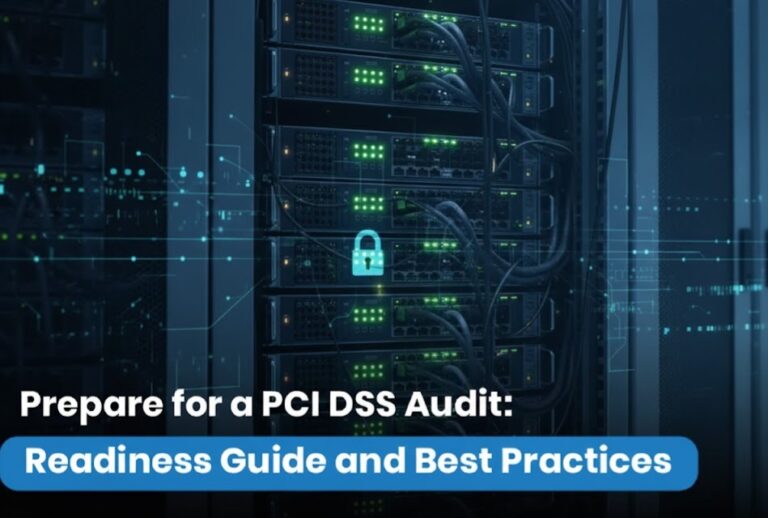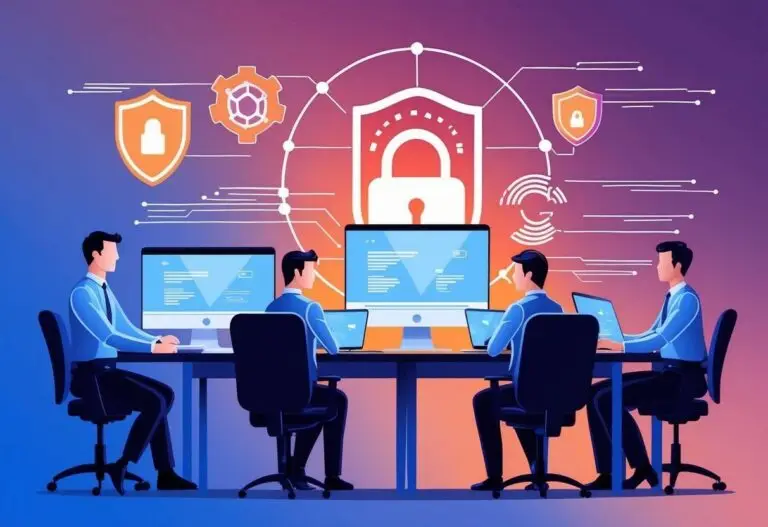
Complying with PCI DSS can be challenging, especially given the technical complexity and ongoing effort required. Different organizations face different hurdles – a small business might worry about cost, while a large enterprise might struggle with a sprawling IT environment. Below are some of the most common challenges and pain points encountered on the road to PCI compliance:
These challenges can seem overwhelming, but the good news is that none of them are insurmountable. In the next sections, we will discuss best practices and strategies to address these issues and make achieving (and maintaining) PCI DSS compliance much easier. Understanding where the pain points are is the first step – now we’ll focus on how to overcome them.

If your business processes credit or debit card payments, PCI

Navigating Your PCI DSS Audit: A No-Nonsense Guide for Aussie

PCI DSS QSA audit Australia — In today’s digital economy,